Aviation’s greatest hits aren’t always the sleekest jets or fastest fighters—sometimes they’re the weird cousins nobody talks about at family reunions. These aircraft represent what happens when brilliant minds decide conventional wisdom is overrated.
From Soviet submarine hunters to inflatable airplanes, these machines show that breakthrough thinking demands courage. Some transformed flight forever, while others crashed spectacularly, each displaying that progress comes from engineers brave enough to ask “what if?” even when the answer terrifies test pilots.
15. Bartini Beriev VVA-14: The Soviet Sea Monster
The VVA-14 wasn’t just strange—it was strange with a purpose that made perfect Cold War sense. This 1970s Soviet hybrid looked like something you’d sketch if someone described a plane over static-filled radio, combining twin hulls with vertical takeoff capability to hunt submarines while skimming water surfaces.
Only one prototype survives today in a Russian museum, collecting dust instead of gathering intelligence on NATO fleets. Its ground-effect principles live on in modern designs, showing even the most bizarre concepts can spawn legitimate technology. Soviet engineers understood that unconventional threats demanded unconventional solutions, no matter how weird they looked.
The VVA-14 wasn’t the only project shrouded in Cold War mystery; aviation history is littered with secretive military aircraft that pushed the boundaries of what was possible.
14. Blohm & Voss BV 141: When Symmetry Became Optional
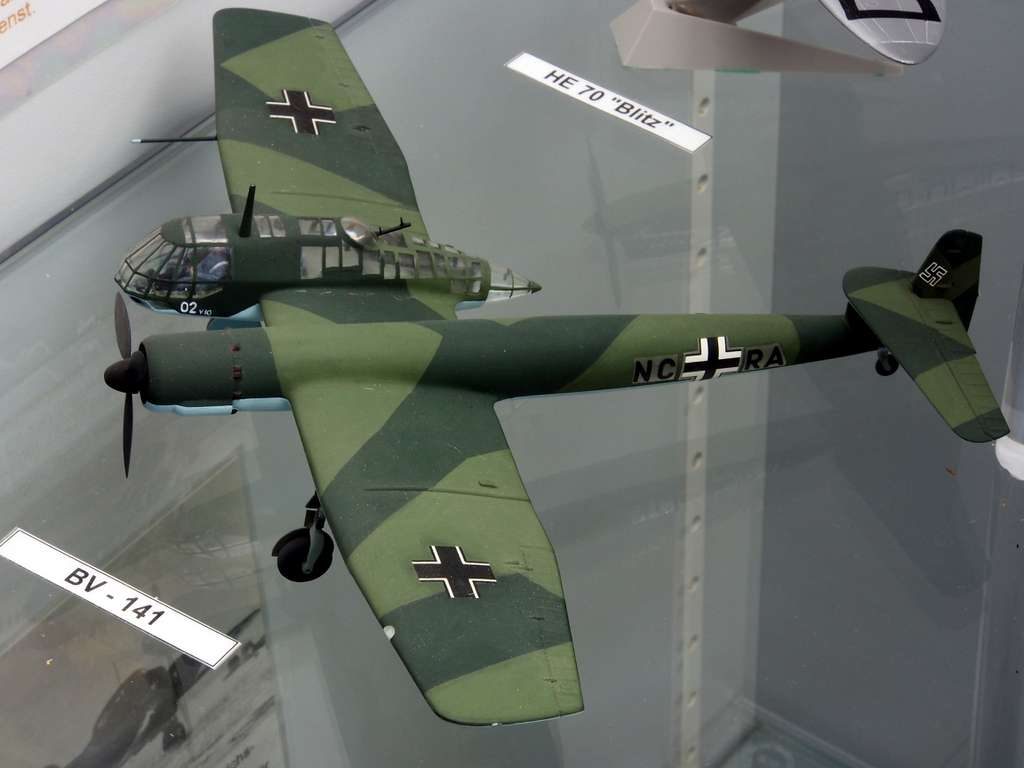
German engineers decided basic aircraft design principles were merely suggestions when they created this asymmetrical masterpiece. The WWII reconnaissance plane said “nein” to balance, placing its crew in a glazed pod offset to one side while the engine provided counterweight on the opposite wing.
Twenty-eight were built before Germany developed bigger problems than unconventional aircraft design. Surprisingly, it flew well despite looking like it was assembled by someone who’d lost the instruction manual. Pilots adapted to the unusual weight distribution faster than expected, though most still preferred planes that didn’t look perpetually confused.
13. Boeing B-377 Pregnant Guppy: The Space Race’s Minivan

NASA needed to haul Saturn V rocket parts across the country, so they took a Boeing Stratocruiser and performed what can only be described as aviation’s most ambitious surgical expansion. Engineers sliced the fuselage in half and inserted a bulbous cargo section that made the aircraft roughly as aerodynamic as a flying barn.
The result worked perfectly for its intended purpose, confirming that sometimes ugly solutions are the most effective ones. Like that friend who shows up to help you move with a suspiciously oversized truck, the Guppy delivered when America needed it most. Modern Super Guppy variants continue this tradition, hauling spacecraft components with the same ungainly efficiency.
12. Caproni CA.60: Nine Wings, Zero Success
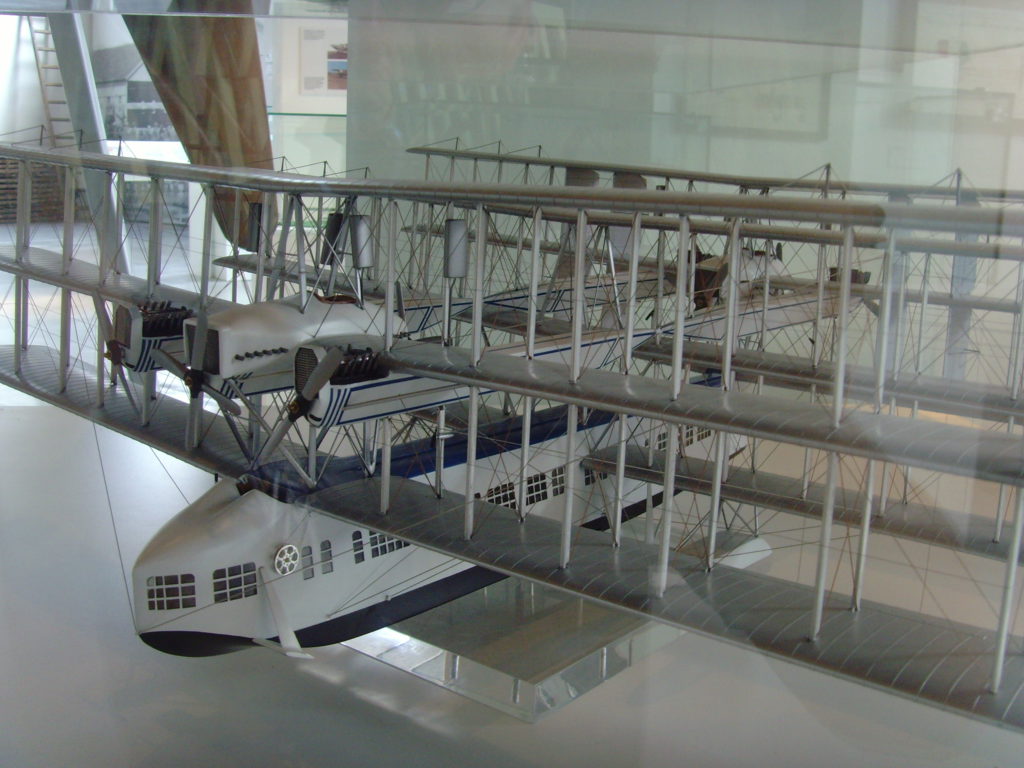
In 1921, Italian designer Gianni Caproni looked at a standard biplane and thought, “What if we just kept adding wings until this thing could carry 100 passengers across oceans?” The resulting triple-triplane monstrosity aimed to revolutionize passenger aviation decades before that became remotely feasible.
Its maiden flight lasted mere seconds before gravity reminded everyone why most planes stick to two wings maximum. The crash shocked absolutely nobody except perhaps Caproni himself, who’d somehow convinced investors that more wings automatically meant more lift. Aviation’s equivalent of wearing nine hats simultaneously—theoretically possible but practically ridiculous.
11. Curtiss-Wright VZ-7 Flying Jeep: The Original Quadcopter
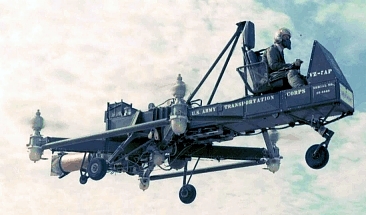
Before DJI drones were delivering packages, the Army wanted soldiers piloting flying platforms that looked like they’d been borrowed from a Star Wars set. This 1950s quadcopter consisted of four rotors, a standing platform, and enough optimism to power a small city.
Pilots controlled it by shifting thrust between rotors—imagine riding a hoverboard where mistakes meant plummeting to earth rather than embarrassing yourself on social media. Testing revealed it hovered admirably but moved about as fast as mall security chasing teenagers. The Army eventually realized that slowly floating soldiers make excellent targets, ending this particular aerial fantasy.
10. Lakner HZ-1 Aerocycle: The “Just Stand There” Helicopter
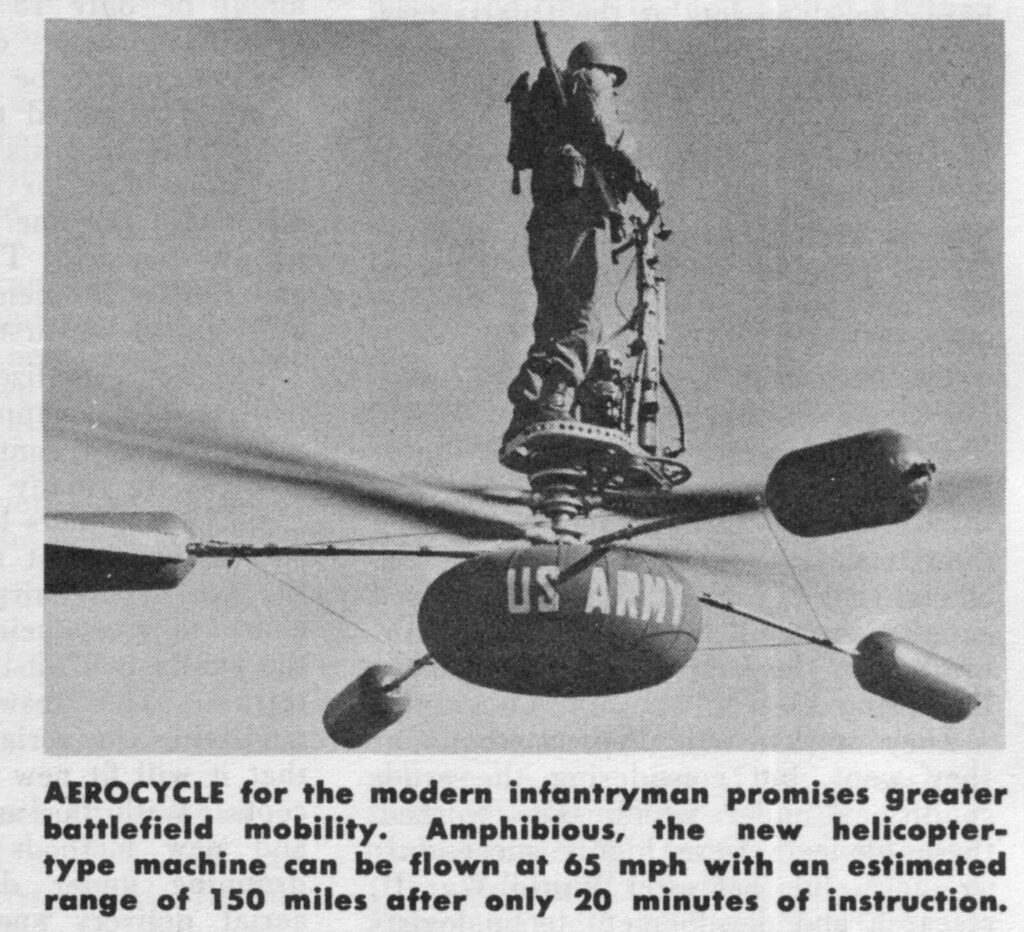
The Aerocycle took helicopter simplification to genuinely dangerous extremes that would make modern safety inspectors weep. Soldiers would stand on a platform with counter-rotating blades spinning beneath their feet, leaning to steer like they were riding the world’s most lethal Segway.
Testing quickly revealed what engineers euphemistically called “design challenges,” including blinding dust clouds and an alarming tendency for pilots to fall off mid-flight. Balancing on a spinning platform of death required considerably more skill than anyone had anticipated. Several crashes later, the military remembered why pilot training typically involves sitting down and strapping in.
9. Inflatoplane GA-33: The Blow-Up Airplane
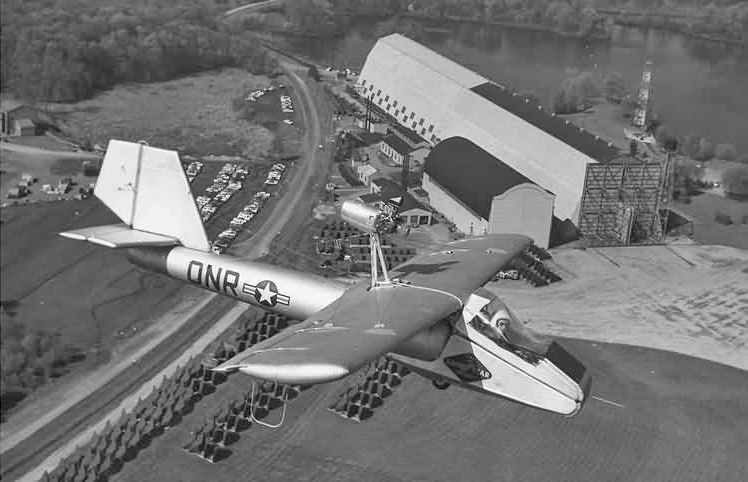
This 1950s marvel could fold into a suitcase-sized package, making it aviation’s answer to those vacuum-sealed space bags that promise to revolutionize your closet. Constructed from rubber-coated fabric, it inflated in minutes using a standard air compressor, giving new meaning to “some assembly required.”
The military envisioned dropping these to downed pilots behind enemy lines, apparently forgetting that combat zones typically feature an abundance of sharp, aircraft-puncturing objects. Flight testing confirmed the concept worked—barely—flying about as well as you’d expect a balloon with delusions of grandeur. The project deflated faster than the aircraft itself when reality set in.
8. Grumman X-29: The Backwards Breakthrough
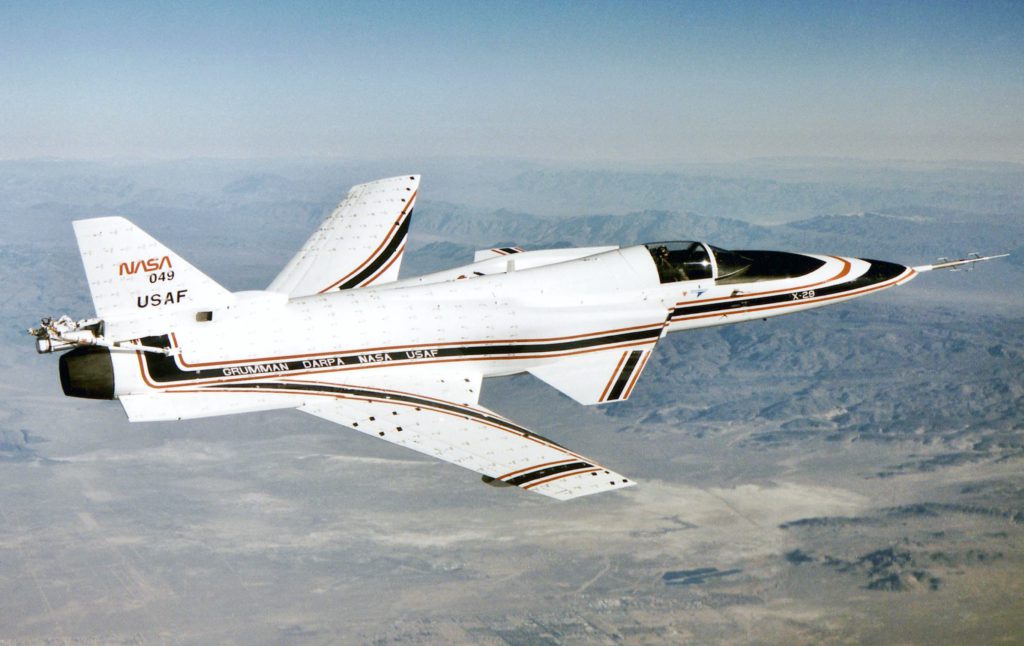
Forward-swept wings made the X-29 look like someone had installed them after a particularly confusing lunch break, but this 1980s experimental fighter represented serious engineering ambition. The design was so naturally unstable that computers made 40 corrections per second just to keep it airborne—essentially a flying argument between physics and software.
Without those computers working overtime, it would have folded faster than a lawn chair in a hurricane. Despite never entering production, its fly-by-wire technology influenced modern fighters like the F-22 and F-35. Sometimes being backwards is actually forward thinking, especially when you’ve got enough computing power to make it work.
7. Hafner Rotabuggy: The Flying Jeep That Wasn’t

British WWII engineers attached a helicopter rotor to a standard military jeep, creating what historians generously describe as “ambitious” and everyone else calls “completely insane.” When towed to sufficient speed, it could briefly pretend to be aircraft before remembering it was fundamentally still a jeep with attachment issues.
The concept aimed to deliver vehicles behind enemy lines, presumably to soldiers who’d exhausted all conventional entertainment options. Severe vibrations and control problems that bordered on the supernatural ensured it never saw combat. Test pilots described the experience using words that military censors wouldn’t allow in official reports.
6. Hughes H-4 Hercules: Howard’s Wooden Wonder

The “Spruce Goose” was neither made of spruce nor particularly goose-like, but it was definitely Howard Hughes’ most expensive obsession. With a wingspan longer than a football field, this massive wooden flying boat flew exactly once in 1947, barely clearing the water for a mile before Hughes decided that was sufficient proof of concept.
WWII material shortages drove the wooden construction, creating the world’s most expensive splinter risk. Building the planet’s largest aircraft for one brief flight is like constructing a mansion just to host a single dinner party. Today it sits in an Oregon museum, a testament to what unlimited money and questionable judgment can achieve when working together.
5. Lockheed Martin P-791: The Bouncy Blimp

This modern hybrid airship looks exactly like what would happen if a traditional blimp and an overfed caterpillar decided to start a family together. Its 2006 debut showcased revolutionary heavy cargo transport, using cushioned landing gear that allows bouncing onto virtually any surface without the inconvenience of requiring actual runways.
Engineers claim it uses 70% less fuel than conventional aircraft while carrying massive loads, potentially transforming logistics in remote areas where infrastructure remains optional. The design solves the persistent challenge of needing prepared landing strips in places that consider runways a luxury item. Success depends partly on whether people can stop giggling at its appearance long enough to appreciate genuine innovation.
4. Lockheed XFV-1 Salmon: The Tail-Sitter

XFV-1 pilots spent takeoffs staring straight up at the sky like someone extremely committed to cloud-watching as a legitimate career. This 1950s experimental fighter stood vertically on its tail for liftoff before theoretically transitioning to horizontal flight—emphasis on “theoretically.”
Practice revealed that pilots found landing nearly impossible without developing chronic neck problems and anxiety disorders simultaneously. The physical demands of vertical operations proved more challenging than anticipated, requiring gymnastic skills that weren’t typically covered in flight school. The Navy eventually realized helicopters could accomplish the same mission without requiring chiropractor visits or therapy sessions.
3. NASA M2-F1 Flying Bathtub: No Wings Required

This 1960s lifting body proved you don’t need wings to achieve flight, just as your high school coach proved you don’t need talent to make the team. Constructed from plywood and metal tubing with all the aerodynamic sophistication of a brick, it generated lift purely from its body shape.
Test pilots called it simultaneously terrifying yet effective—aviation’s equivalent of gas station sushi that somehow doesn’t kill you. Its success influenced space shuttle design, revealing how the simplest ideas often create the biggest impact on future technology. The concept that bodies themselves could provide lift changed spacecraft reentry vehicles.
The success of these unconventional designs paved the way for new reentry vehicles and changed the future of flight, much like certain groundbreaking flying machines.
2. Avro Canada VZ-9 Avrocar: The Real Flying Saucer

When the military specifically requested an actual flying saucer in the 1950s, Canadian engineers took them literally and built one. The disc-shaped craft hovered on an air cushion generated by a central turbine, but never managed to fly higher than a few feet—making it less UFO and more like an oversized air hockey puck.
Ground effect physics kept it earthbound despite ambitious goals that included supersonic flight and space travel. Its eventual cancellation spawned conspiracy theories about hidden alien technology, which frankly proved more impressive than the aircraft’s actual performance. Sometimes fiction becomes more interesting than truth, especially when truth barely manages to get airborne.
1. PZL M-15 Belphegor: The Demonic Crop Duster

Named after a demon from hell—which should have been the first warning sign—this Polish creation remains the world’s only jet-powered biplane. Designed to spray Soviet collective farms in the 1970s, it combined jet fuel consumption with biplane speeds, achieving the worst characteristics of both technologies.
Its deafening noise cleared fields of pests, crops, and farmers with equal efficiency. The aircraft proved that some technologies should never meet, no matter how logical the combination seems on paper. Aviation’s strangest crop duster demonstrated that advancement sometimes means recognizing which ideas deserve to stay buried.


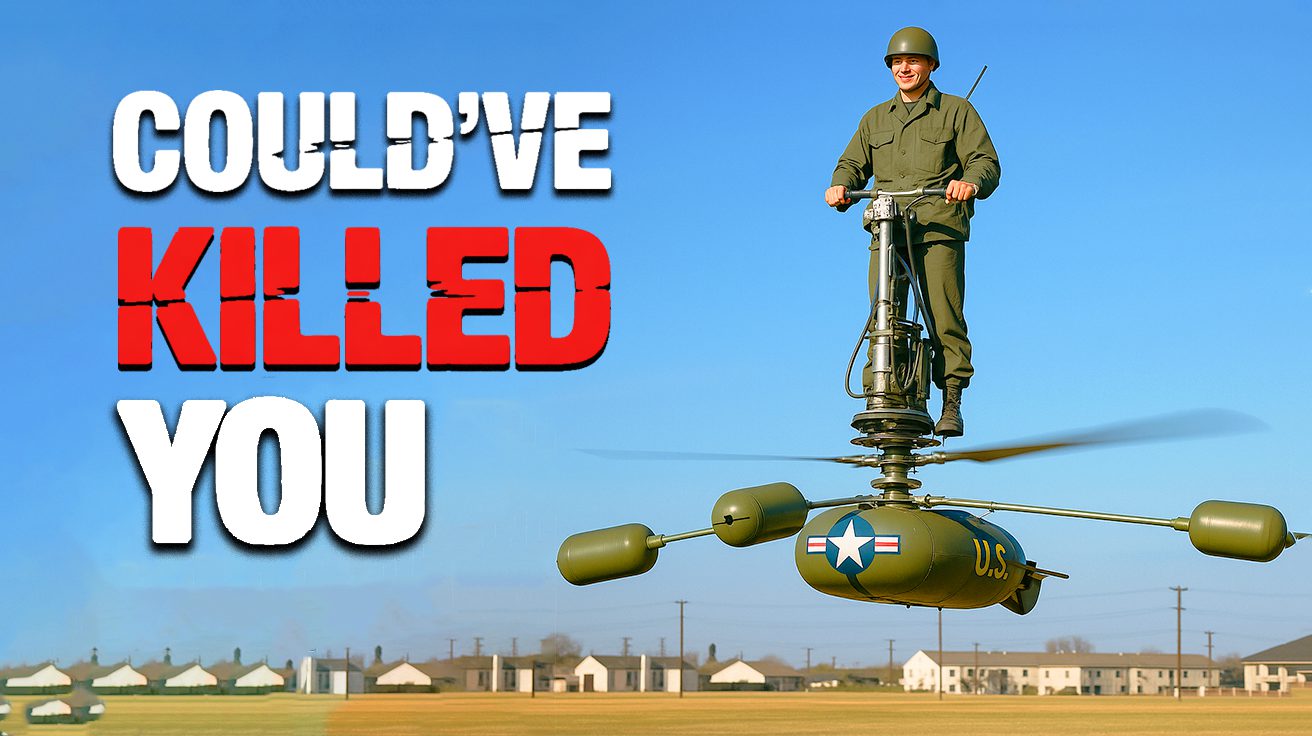



0 Comments